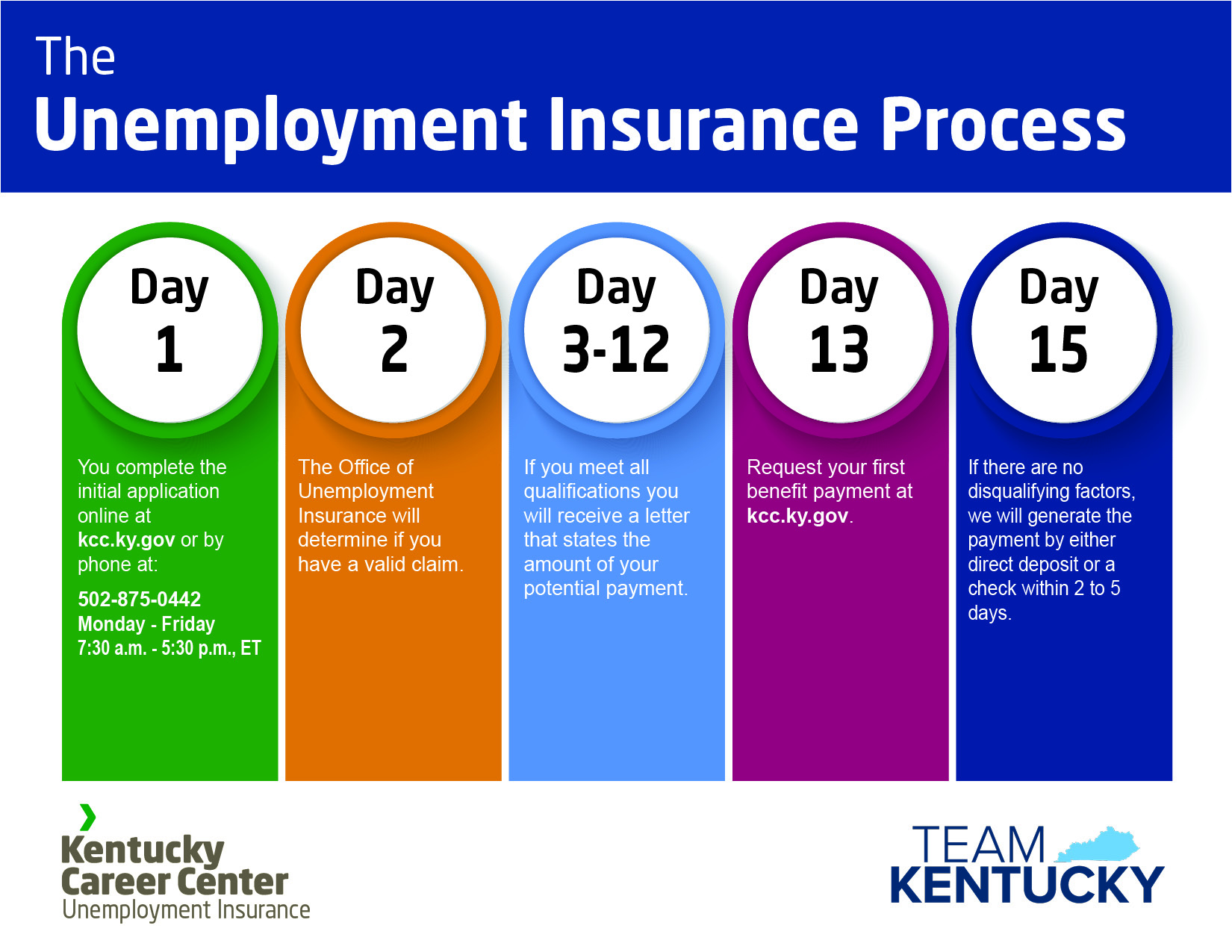
Australia’s unemployment rate held steady at 4.2 percent in August, according to the Australian Bureau of Statistics (ABS). While the overall number of employed people increased by 47,500, the number of individuals working full-time decreased by 3,100. On the other hand, part-time employment rose by 50,600. This shift in employment composition suggests a potential trend towards more flexible work arrangements.
Despite the slight decline in full-time employment, the data revealed that Australians are working more hours per month. Monthly hours worked increased by 0.4 percent, slightly stronger than the rise in employment. This indicates that those who are employed are putting in more hours, which could be attributed to increased demand or the need for individuals to take on multiple part-time jobs.
The underemployment rate, which measures the proportion of people working fewer hours than they would prefer, rose by 0.1 percentage point to 6.5 percent. However, this is still lower than the levels seen during the height of the pandemic. The underutilization rate, which combines unemployment and underemployment, remained steady at 10.6 percent. These figures suggest that while there has been some increase in underemployment, the labor market remains relatively tight compared to pre-pandemic levels.
ANZ Senior Economist Catherine Birch responded to the data by stating that employment exceeded expectations. She also mentioned ANZ’s prediction that the Reserve Bank of Australia (RBA) would not begin reducing interest rates until February 2025. However, ING Bank cautioned against drawing conclusions about the implications for RBA policy at this stage. They emphasized that the strong employment growth came primarily from the part-time sector, which tends to offer lower pay and job security than full-time positions.
The Labor Party highlighted the achievement of creating close to one million jobs since coming to office. They attributed this success to their policies, which include new rights for workers and increased protections for gig workers and casual employees. Employment Minister Murray Watt and Treasurer Jim Chalmers praised Australian workers and employers for their contributions to the economy. They also noted the high number of employees covered by newly approved enterprise agreements.
In contrast, Shadow Treasurer Angus Taylor disputed Labor’s claims, stating that real wages have fallen and unemployment is increasing under their leadership. He pointed to rising youth unemployment and an increase in the social services caseload as evidence of a struggling job market. Taylor argued that government spending and migration are propping up the economy, suggesting that it is not as healthy as claimed.
Overall, the data indicates a mixed picture of the Australian labor market. While there has been an increase in employment, the decline in full-time positions and the rise in underemployment raise concerns about job security and wage growth. The differing perspectives from economists and political figures highlight the complexity of interpreting this data and its implications for the future of Australia’s economy.

